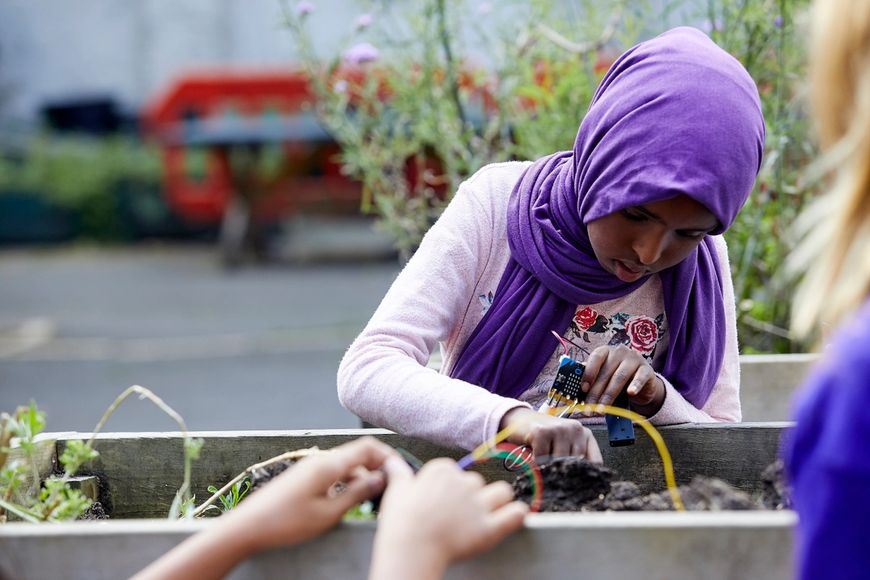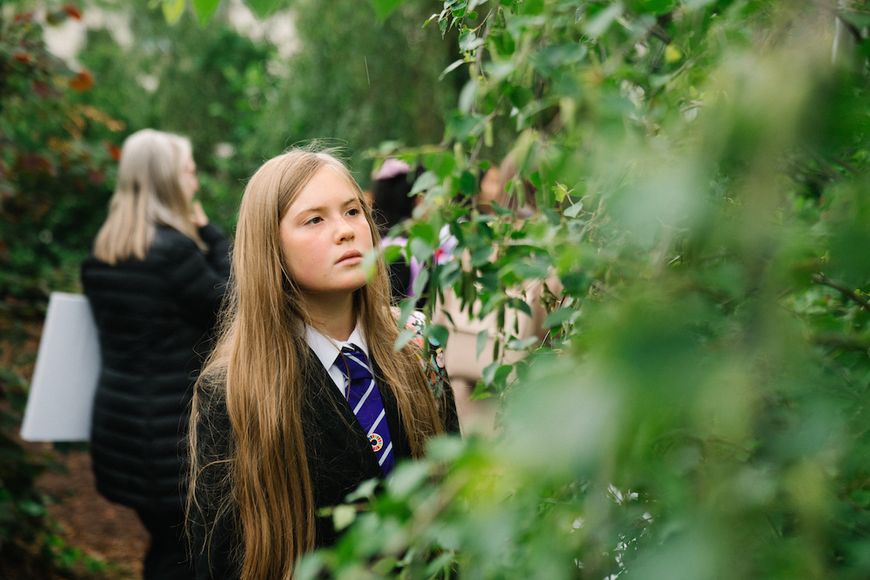Introduction to Goal 15 - Life on Land
Use this guide to introduce Global Goal 15, Life on Land to your students.

What is Global Goal 15?
Sustainable Development Goal 15: Life on Land is one of the 17 Sustainable Development Goals established by the United Nations in 2015. You can find out more about the SDGs in our introductory guide.
It aims to protect and restore all life on land. This includes protecting ecosystems like forests and rivers, stopping ‘desertification’ caused by droughts, and preventing the loss of plant and animal species, known as ‘biodiversity’.
In the past 50 years 60% of all wildlife has been lost. This is a threat to all of us. But together we can find ways to protect and restore life on land. There are already some brilliant solutions out there, but we need more.
Activities
Below are some ideas to help bring Goal 15 to life for your students. They work as standalone activities or in sequence as a full lesson plan.
Activity 1: Protect and Restore Nature
In this activity, students will discuss nature and what they know already about its importance.
Length - 10 mins
Watch this video with your class.
After you’ve watched, discuss:
- How do you feel about nature?
- Did you see anything you already know about?
- Why is nature and biodiversity so important?
- What does nature look like in your community?

Activity 2: Threats to Nature
In this activity students will think about the threats to nature, locally and globally.
Length - 10 mins
In this activity you will ask students to brainstorm a big list of all the threats nature faces - focussing on life on land, so everything apart from our oceans (covered in Goal 14: Life Under Water).
- Ask students: What are the threats currently facing the natural world? Students can discuss and brainstorm different ideas in small groups, listing as many threats as possible.
- Answers could relate to: Forest fires; Animals being poached; Destruction of habitats; Deforestation; Destruction and pollution of lakes and rivers; Soil losing its nutrients.
- Come back together as a group and discuss all the ideas the groups came up with.
- Spend a couple of minutes thinking about which of these problems nature faces in your local community / country.
- Now discuss which problems could be local to other parts of the world and why.

Activity 3: Why Nature Matters
In this activity, students will discuss why nature is so important to people, the planet, and all of the Global Goals.
Length - 15 mins

The activities are created by World's Largest Lesson